10 days West Sichuan Tour
Many travelers start their tour to Tibetan Plateau from Chengdu, this tour will take you to the kham region of TIbet that is the Tibetan areas of Sichaun province including Danba, Ganzi, Dzongsar, Derge, Dzogchen Monastery.etc.
Day 1: Chengdu - Dartsedo [2240m]350km 5-6 hours
Drive from Chengdu to Dartsedo. On the way visit Chakzamka, the iron suspension bridge. Upon arrival at Kangding, visit Ngamchoe monastery near the center square, Ngamchoe monastery belongs to a Geluk school of Tibetan Buddhism built in 1654. if time allows also visit Dorje Drak monaster, originally it was a Kagyu monastery founded in 1272, later converted into a Nyingma school of Tibetan Buddhism.
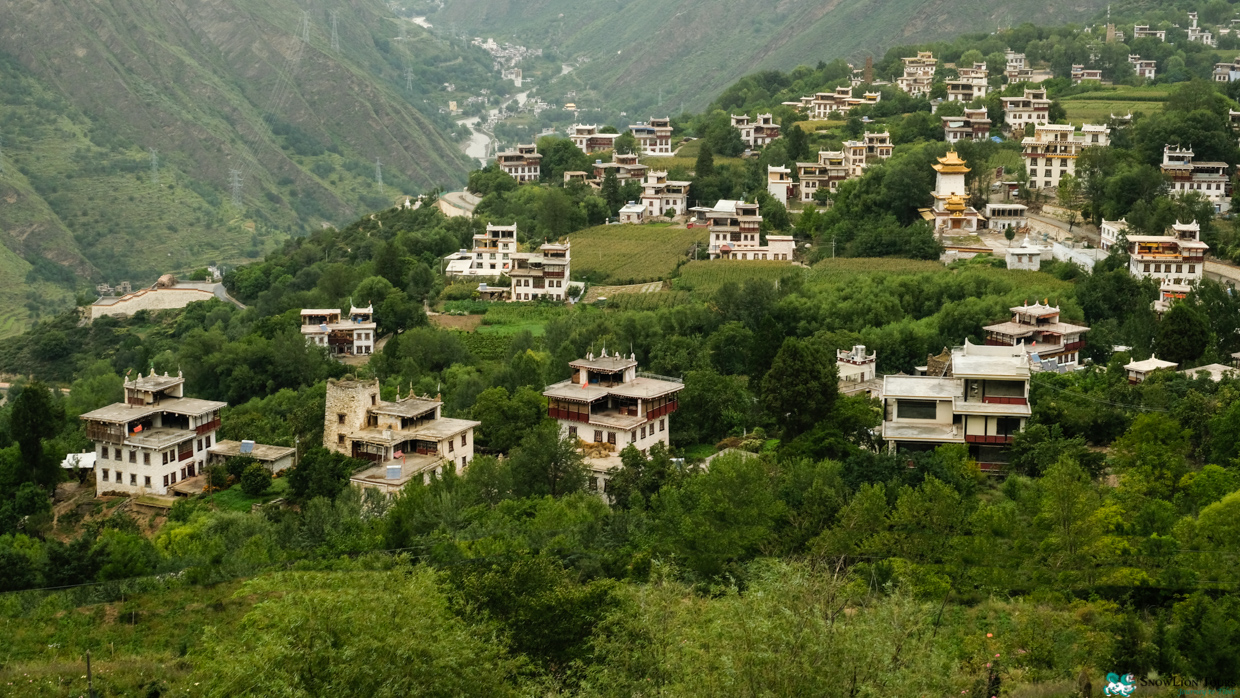
Day 2: Dartsedo - Lhagang - Ganzi [3394m] 340km 5-6 hours
In the morning, drive to Ganzi via Lhagong. Lhagong is a beautiful nomad town lies about 3700m high from sea level, visit Lhagong monastery, belongs Sakya sect of Tibetan Buddism, and is said to have been established in the seventh century by 32nd king of Tibet Songtsan Gampo, when one of two statues of Śākyamuni she was transporting to Lhasa asked to remain there. It was converted to Karma Kagyu in the eleventh century, and then to Sakya in the thirteenth. Afterwards drive to Ganzi.
Day 3: Ganzi - Yachen Gar - Palyul [3040m] 220km 3-4 hours
In the morning drive to Pelyul via Yachen Gar. Located 4000m above sea level, in an isolated valley in Pelyul. Yachen Gar being one of the many Nyingma Sect monastery in Tibet, was established in 1985. Currently, inhabited by more than 7,000 Sangha, is one the larger concentration of nuns and monks in the world. The greater percentage of the Sangha in this monastery are nuns.Afterwards. Drive to Pelyul and visit Pelyul monastery. Pelyul monastery is also known as “Palyul Monastery” and in Tibetan means “auspicious land”, is one of the 6 Great Nyingma monastery of Tibetan Religion. It was built in 1665 by Lhachen Jampa Phuntsog, the first Dharma King of Derge.
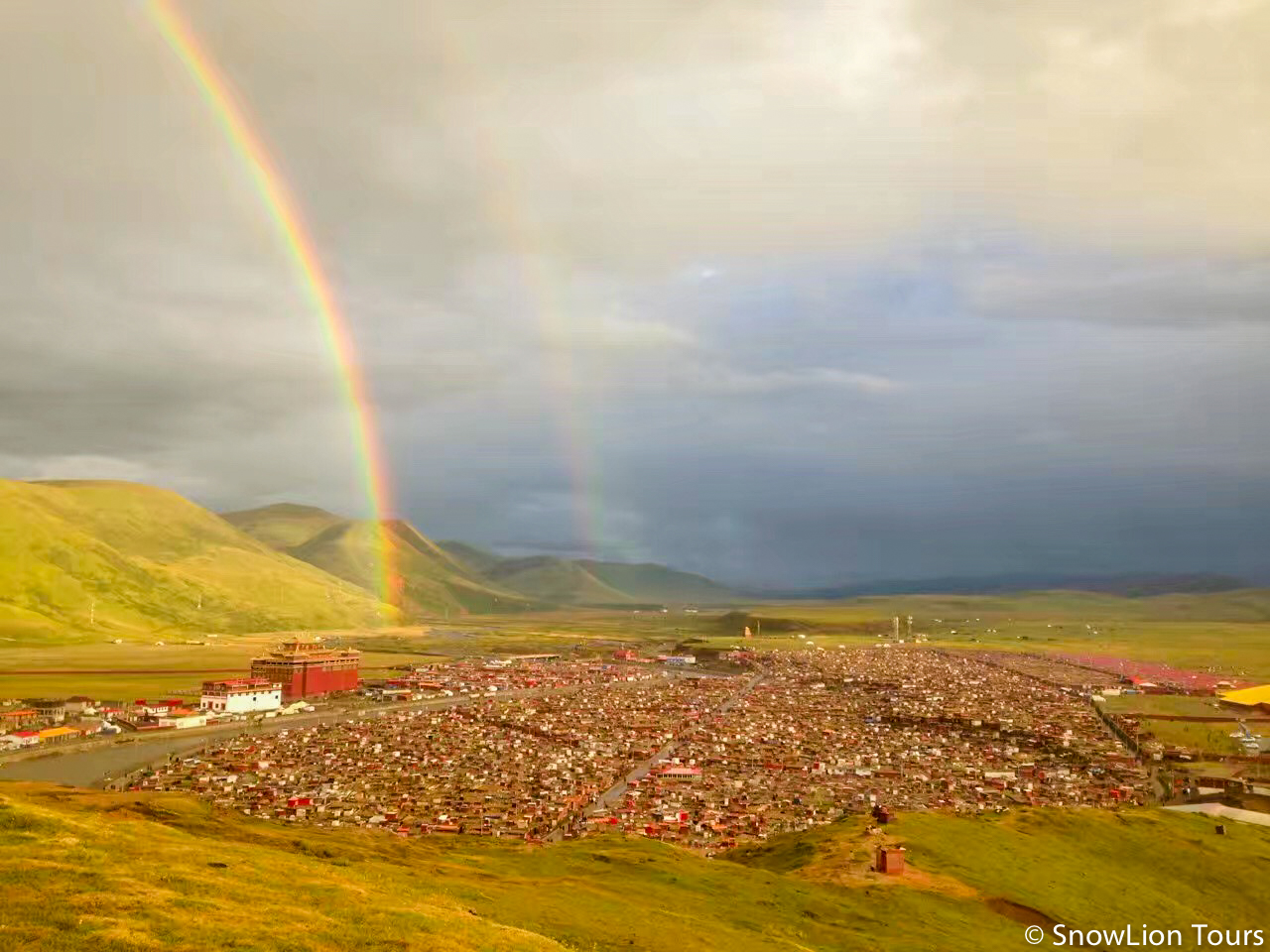
Day 4: Palyul - Dzongsar Monastery [3354m] 230km 3 hours
Drive from Palyul to Dzongsar monastery. The first part of the road parallel to the Yangtze river and after some 30-40km, the road will lead into a gorge with another tributary of Yangtze river. Visit Dzongsar monatery, Dzongsar Monastery was founded in 746 by a Bonpo lama. Located on a promontory overlooking the great Khamje Valley in Derge, the monastery is the birthplace of the Khyentse lineage. Dzongsar is consists of Dzongsar Tashi Lhatse Monastery, Dzongsar Shedra and Dzongsar Tibetan Hospital. Dzongsar monastery is located on the hilltop of Tashi Lhatse. And the Shedra and Hospital are located just below the hill. Stay overnight at Dzongsar valley.
Day 5: Dzongsar - Derge [3270m] 210km 3 hours
In the morning continue drive to Derge through the bank of Yangtze river. visit Derge Parkhang or Dege Sutra-Printing House (Tib. Dege Parkhang), also called Dege Auspicious and Wisdom-Gathering House, whose full Multi-Auspicious Gate of the Great Dharma Stack-Room of Dege Sutra-Printing House of Tibetan Cultural Treasures, is located in Gengqing Temple in Dege County on the east bank of the Jinshajiang River northwest of the Ganze Tibetan Nationality Autonomous Prefecture of Sichuan Province, built in the 7th year of Emperor Yongzheng of the Qing Dynasty by Chokyi Tenpa Tsering (1687-1738), the 12th headman and 6th dharma-raja of Dege. In the house are kept more than 200000 blocks of religious, historical, literature and art, medical, astronomical and calender-arithmetical book edititons in Tibetan, If time allows also visit Gonchen monastery.
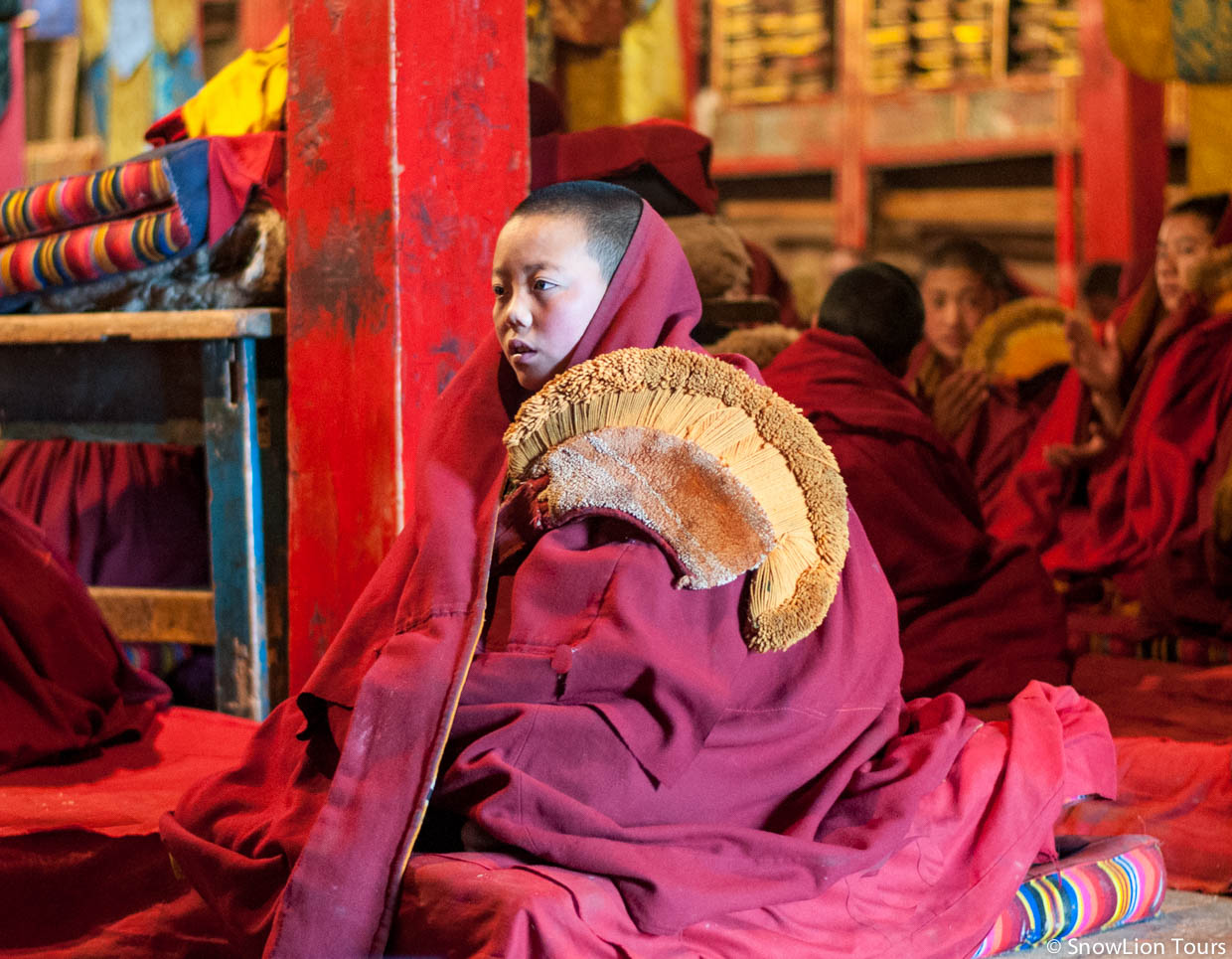
Day 6: Derge - Yilhun Lhatso - Manigango [4120m] 150km 2 hours
Drive to Manigango via Yilhun Lhatso, visit the lake, This sacred and beautiful glacial lake is nestled amidst the rocky, snowy Chola Mountains of Trola range. Offering beautiful sceneries. On the shores of this lake one can find dozens of religious, carved prayer stones, as this is a holy lake. The stunning alpine lake is said to provide meditation opportunities for those who wish to achieve enlightenment. Take a short hike around the lake.
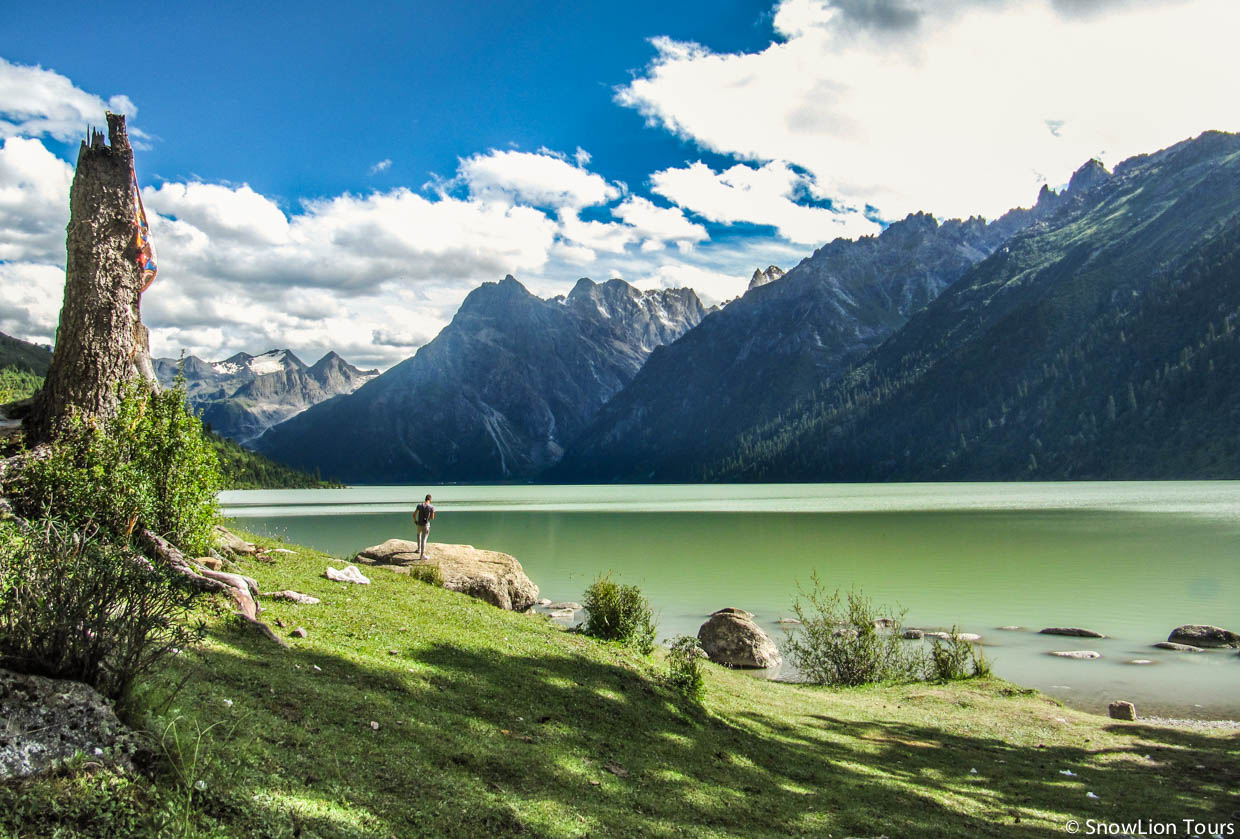
Day 7: Manigango - Dzogchen - Shechen - Manigango [4120m] 260km 3 - 4 hours
Take a day trip to Dzogchen monastery and Shechen monastery located northwest of Manigango town. Dzogchen monastery. is one of the Six Great Seats of the Nyingma school, the Old Translation school, of Tibetan Buddhism. It is the most important and influential institution of the Dzogchen lineage. Afterwards drive to Shechen, was founded in 1695 by Shechen Rabjam Tenpé Gyaltsen who was sent to Kham with this purpose by the Fifth Dalai Lama. It became extremely influential in the 18th and 19th centuries, with up to 160 satellite monasteries dotting the hillsides.

Day 8: Manigango - Dargye monastery - Ganzi - Tawo [3000m] 260km 3 - 4 hours
Drive from Manigango to Tawo via Dargye monastery and De Gompa in Ganzi. Dargye monastery is was founded in 1642 and belongs to a Geluk sect of Tibetan Buddhism, is the oldest of all 13 so called Horpa monasteries established by the Mongolian forces of Gushi Qan. And upon arrive in Ganzi, visit De Gompa in the center of Ganzi town. It is an important protector temple which survived from the events of the 1960s. Afterwards drive to Tawo.
Day 9: Tawo - Danba[1900m] 220km 3 hours
Drive Danba from Tawo, Danba is the Chinese name of Rongdrak county of Gyarong Tibetan region in far eastern Tibet. Danba or Rongdrak is also famous for its beautiful Tibetan houses with typical ancient Tibetan architecture resemble tall fairy castles with their decorated watch towers and arrow shaped turrets, some of them have recently been converted into guesthouses. Stay overnight at a Tibetan owned home guesthouse.
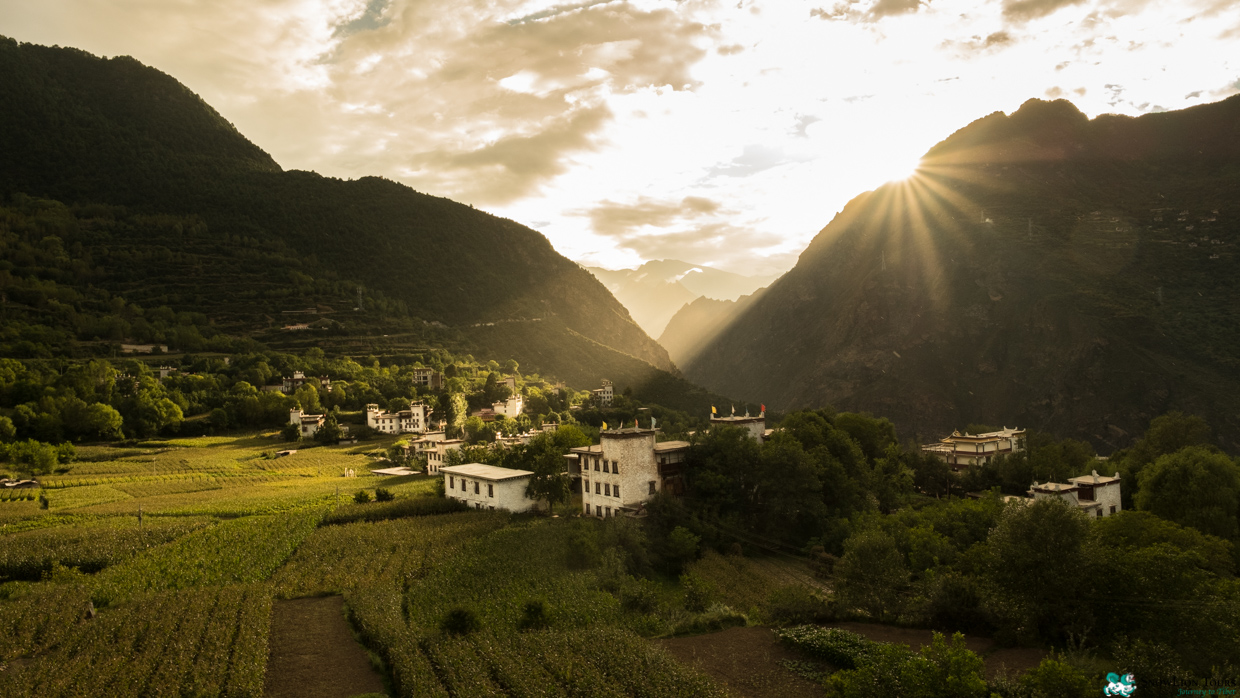
Day 10: Danba - Chengdu[500m] 350km 5-6 hours
Drive Chengdu via Gulha mountain, take a short stop from the view platform road side for Mt Gulha, a beautiful snow capped mountain which is also a sacred mountain of Bon religion of Tibet. After drop you off at the hotel in Chengdu, our tour service ends.
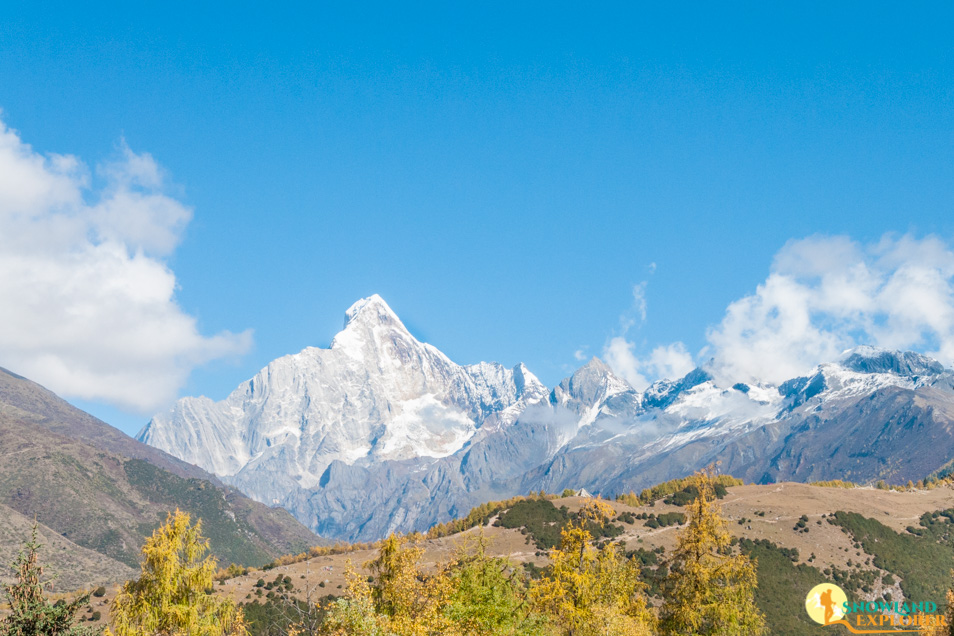
-
DepartureChengdu
-
IncludedAll necessary Tibet Travel permitsPermit delivery feeAirport pick up and drop offTibetan English speaking guidePrivate vehicleAccommodationEntrance ticketsLiability insurance
-
Not IncludedYour food (lunch and dinner)Plane/train ticketsTravel insurance (recommended to purchase in your home country)Tips for driver and guide
-
Maps
Similar Tours
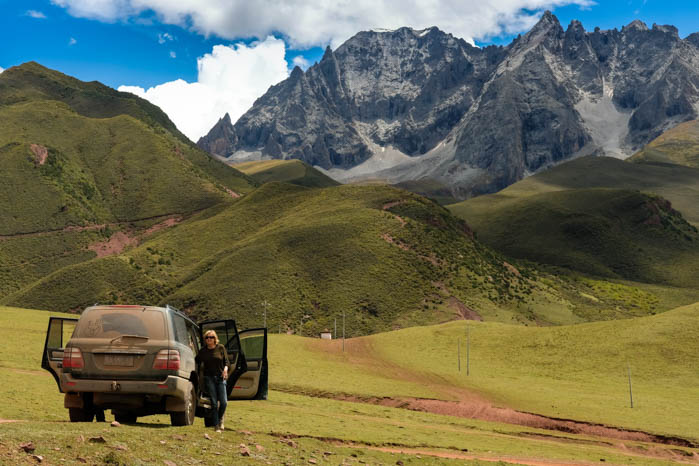
9 Days Chengdu to Yushu Tour
Stunning landscape, traditional culture, Temples

7 Days Sichuan Tour
Leshan, Mount Emei, Huanglong Park, Jiuzhaigou Park
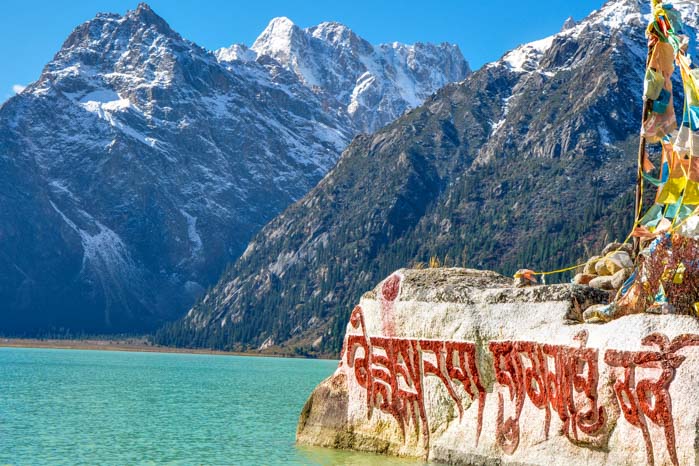
Amdo and Kham Group Tour
Tibetan Culture, Plateau Landscape, Lakes, Snow Mountains
.jpg)
-2.jpg)


.jpg)
.jpg)
.jpg)
.jpg)
.jpg)
.jpg)